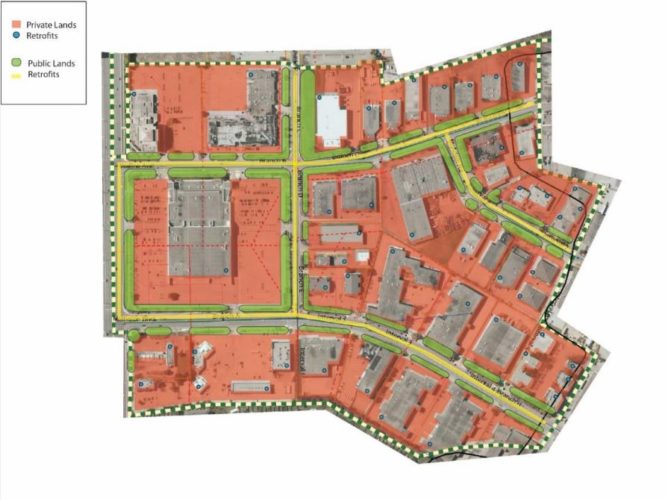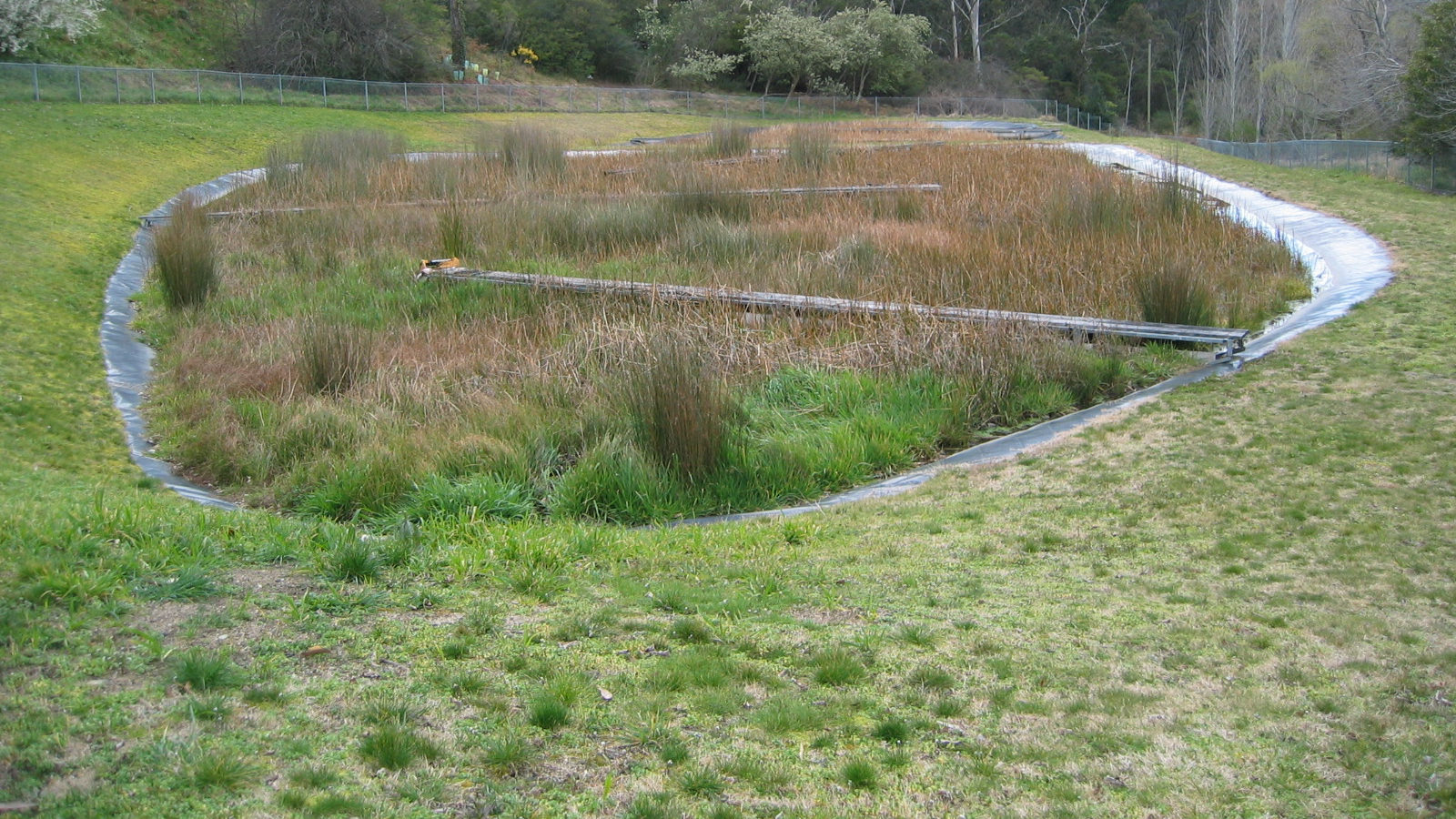In the summer of 2017, the Credit Valley Conservation Authority (CVC) held a workshop that sought to apply old piece of provincial legislation, the Drainage Act, to 21st century stormwater management. Now, the CVC has released a summary paper, following the October technical white paper, Making Green Infrastructure Mainstream: Exploring the Use of the Drainage Act for Decentralized Stormwater Management on Private Property, on how to implement and make use of the Drainage Act.
“A business-as-usual approach to stormwater management is not adequate for dealing with the challenges posed by rapid urbanization, climate change, and water quality degradation,” wrote the CVC in the summary paper. “One of the greatest strengths of the Drainage Act over other pieces of water resources policy and legislation is this: it’s focus on community input to reach a solution which alleviates drainage issues while also incorporating broader community-oriented goals,” Bill Trenouth, program manager, Integrated Water Management, told Water Canada.
Indeed, “a major advantage the Drainage Act possess over other policies, bylaws, or articles of legislation is that [engineered] drainage features designed and constructed using the Act are protected, with appropriate recourse in instances where contraventions occur,” reads the summary paper. Such a measure embeds resilience in the infrastructure, but also within the policy mechanisms that deploy the stormwater management features. “This provides guarantees to municipalities not available via simply registering features on property titles.”
One way the policy executes on this policy assurance is “through the use of maintenance schedules,” said Trenouth. “Fair and equitable cost sharing formulae are developed which everyone agrees to through a multi-tiered review and appeals process.” The long-term features of the Drainage Act are important for making the most efficient use of private lands. “This is great news as until now, private lands (which account for >80 per cent of the total urban land fabric) were ignored for the purposes of providing stormwater management or other infrastructure-related services.”

The summary paper directs potential stakeholders that “suitably incentivized, landowners can choose to use the Drainage Act’s legal petitioning process to press for improved drainage.” The incentives are many: transparency, cost, and long-term management. “It brings land owners together to solve a communal issue in a cost-effective manner,” said Trenouth, “and it tasks municipalities with the job of inspecting and maintaining the infrastructure without burdening them with the cost of maintaining communal assets in perpetuity.”
This has implications for the future of environmental legislation; there’s a lot to be learned from the Drainage Act on how to build future legislation that protects our shared waters. “Any would-be future policy can take this from the existing Drainage Act legislation: the fundamental importance of giving property owners a say in the nature of a proposed communal solution,” said Trenouth.
Trenouth hailed the Drainage Act. “For the first time, we can confidently say that ‘made in Ontario’ tools and solutions are available to us to help facilitate wide scale, cost-effective stormwater retrofits on public and private lands alike,” he said. “This is important because, for too long, successful LID implementation examples from the US have been pointed to as a model approach for Canadians to mimic or follow.”
More good news: The Drainage Act is one part of a broader CVC project, Grid LID, under which the Authority is working on the design and feasibility of testing internet enabled smart blue roof technologies, which Trenouth said aim to “tether together entire neighbourhoods of building rooftops for the purposes of turning them into mini stormwater ‘ponds’, which can be dewatered at will, or alternatively used to recharge rainwater harvesting tanks, cisterns or other technologies.” But the Drainage Act has a place of prominence in executing on this 21st century concept. “Thinking communally, such technologies can be deployed en masse through the Drainage Act process to solve neighbourhood-scale drainage issues (think local flooding, CSOs, etc.).”
More information is available on the CVC’s website. Work on the Drainage Act was organized and implemented by STEP Water, a joint venture Lake Simcoe Region Conservation Authority (LSRCA), Toronto Region Conservation Authority (TRCA), and CVC.









